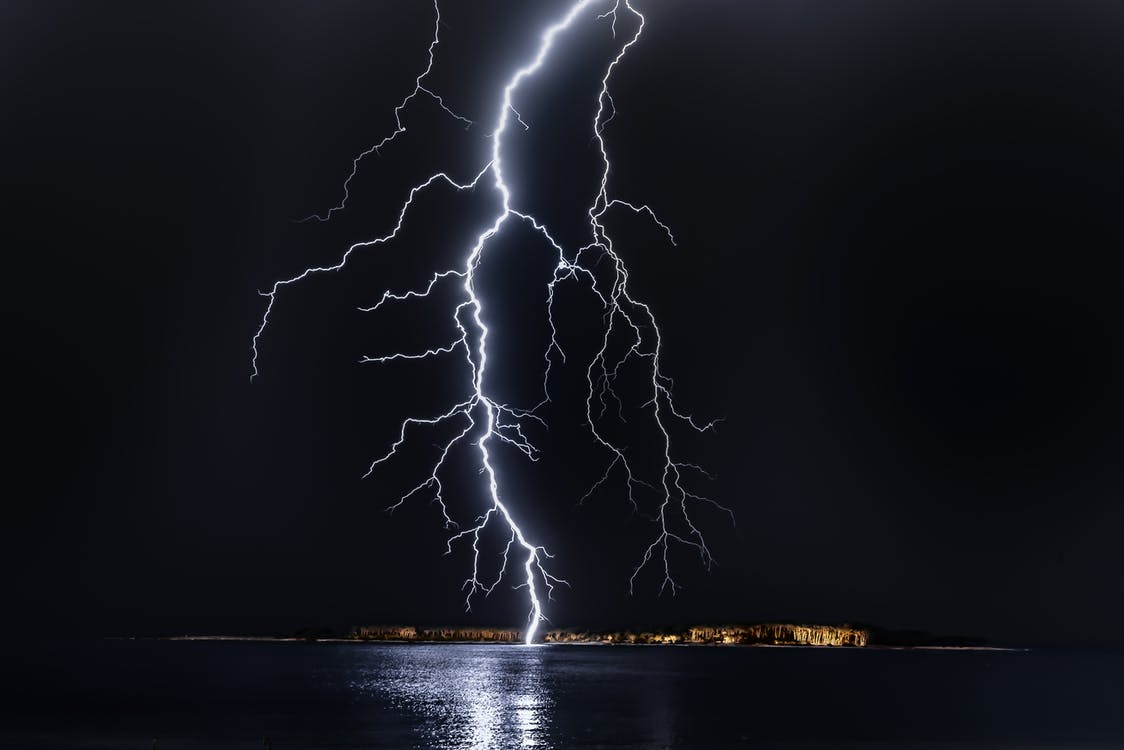“I have an increasingly open sense of what a story is. Why not make room for more instead of being restrictive? There are so many kinds of stories! Any time you hear someone say, ‘That’s not a story,’ I think you should question the person, not the story.” Amy Hempel
Flash fiction, I believe, is its own unique literary form, not merely a short story in miniature. Given its limited word count, flash lends itself well to innovation and experimentation. The writer of this form must use any and all tools available and if needs be, invent some of her own.
Given this, I’d like to showcase for you some of the many approaches one may take to flash fiction writing. Seems whatever you set out to do in your storytelling, there’s a flash fiction form perfectly suited for it.
You want to…
Quickly tell a story with emotional urgency. If not told now, it won’t get told at all. This writing must be all up in the reader’s face. Your character is here to say what they wish to say without interruption.
Try: What I have coined as the “breathless one paragraph flash.”
Read: Ashley Hutson’s “Something Else” from Split Lip Magazine
Regan Puckett’s “Buried” in Moonpark Review
T. L. Sherwood’s “The Shots Fired, the Shots Called” in Barren Magazine
You want to…
Tell a story in short, sharp snapshots. Maybe you want to cover a stretch of time and/or geography. You want some white space on the page for your reader to pause and reflect and make their own connections. You want to write a series of microfictions around a particular theme.
Try: The segmented / fragmented / fractured / mosaic form.
Read: DeMisty D. Bellinger’s “Black Girl’s Magic” in Cotton Xenomorph
Kristin Bonilla’s “In Transit and Disrepair” in Jellyfish Review
Sara Hills’ “Lessons in Negative Space” in Fractured Lit
You want to…
Come at a (perhaps) difficult or painful story by telling it slant. Or you want to disarm your reader with humor or playfulness. Or take a satirical approach on social commentary.
Try: The hermit crab or borrowed form flash.
Read: Kim Magowan’s “Madlib” in Okay Donkey
Neil Clark’s “Alfred Untold” in Jellyfish Review
K.B. Carle’s “Hello, My Name is Marley” in Craft Literary
You want to…
Use the tools of poetry in your flash. You want to create a heartbeat, a rhythm, that serves to heighten the emotion and urgency of the story, to create a felt experience in your reader.
Try: Using repetition or echoes.
Read: Cheryl Pappas’s “Spent” in Had (uses anaphora, written in one of my Fast Flash workshops!)
Tommy Dean’s “Here” in New World Writing
My own story “Praise Rain” in Master’s Review (repeats a word at the end of each sentence)
You want to…
Create a potent story in the briefest, most distilled way. Or you aspire to be the next Lydia Davis or Kim Chinquee.
Try: Microfiction. Different journals define micro in different ways, but aim for something of fewer than 300 words.
Read: Amy Hempel’s one-sentence story, “Housewife” in Micro Fiction, Jerome Stern (ed.)
Star Su’s “Sweet Teeth” in The Offing
Sarah Freligh’s “Lipstick” in 100 Word Story
Try all these
I urge you to try all of these various approaches to the flash fiction form, even and maybe especially if it feels a bit uncomfortable to do so. Writing outside one’s comfort zone is a great way to build new skills and open your creative brain to new possibilities. Plus, it’s fun to stretch!
About Kathy Fish. Our Flash Fiction Judge 2022
Kathy Fish has published five collections of short fiction including Wild Life: Collected Works 2003-2018. Her work has appeared in Ploughshares, Copper Nickel, Washington Square Review, and numerous other journals, textbooks and anthologies. Kathy’s Collective Nouns for Humans in the Wild was selected for Best American Nonrequired Reading 2018 and the current edition of The Norton Reader. She is the recipient of a Ragdale Foundation Fellowship and a Copper Nickel Editors’ Prize.







